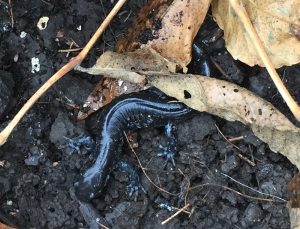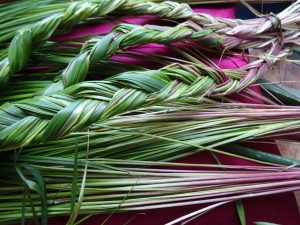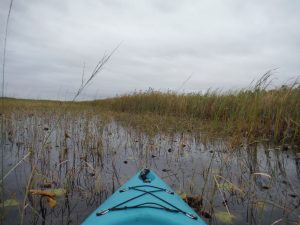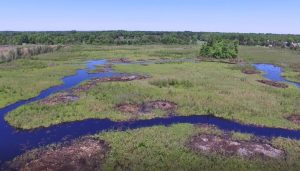Wetlands of Akwesasne




Wetlands are sometimes considered to be a wasteland, a place to be drained, filled in, burnt off, or re-purposed, but they are vital for our survival. Wetlands, like those in Tsi Snaihne, are among the world’s most productive environments – cradles of biological diversity that provide the water and productivity upon which countless species of plants and animals depend on for survival. However, these very special places are in danger through climate change, dams, development, and more. In Akwesasne, our Wetlands are our riches. Wetlands are a source for our water, our medicines, our food plants, a home for our fish, turtles, birds, and other wildlife. Many of these species are also at risk.
Wetland plants such as black ash and sweetgrass are used in crafts. Black ash is used for making baskets, walking sticks, bowls, utensils, and wooden artifacts, while sweetgrass is used in the weaving of various products as well. Sweetgrass is also a culturally-significant ceremonial plant used in the Mohawk culture. Wild rice, berries, cattails, and wild mushrooms are just some examples of edible plants found in wetlands. These plants are considered culturally-significant because they have been used as food during times when meat was not plentiful, and they are also used in religious ceremonies.
Wetlands are key to protecting our way of life. The Mohawk Council of Akwesasne Environment Program is committed to taking care of Wetlands and they want to work with you to protect them.
To learn more about our very important Wetlands, contact MCA Environment Fish and Wildlife Technician, Jacey Hall at jacey.hall@akwesasne.ca or phone 613 575 2250 (1048).

